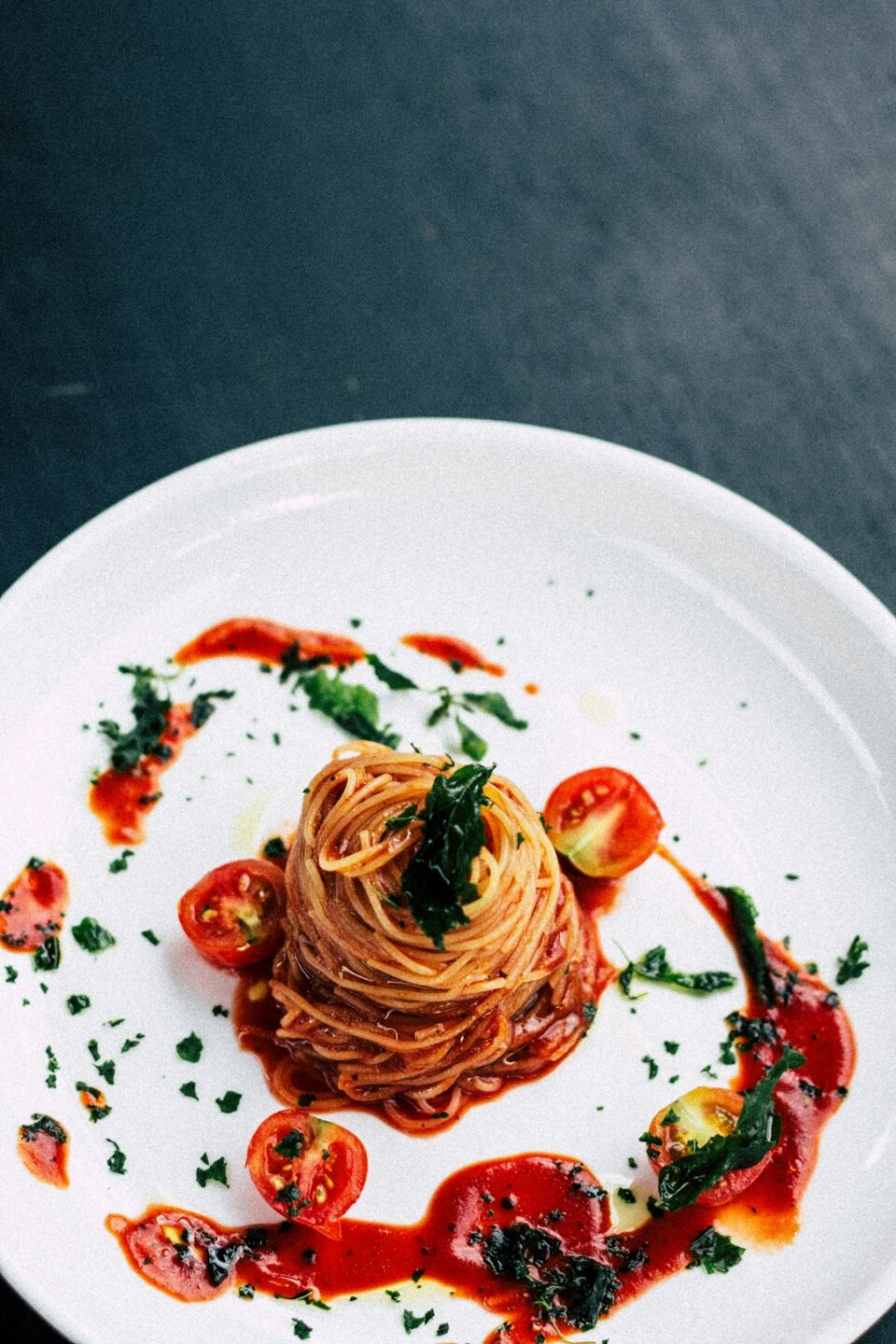Grains have been a staple food in human diets for thousands of years, providing a valuable source of nutrients and energy. From rice to quinoa to barley, there are a wide variety of grains to choose from when cooking up a delicious meal. Each type of grain has its own unique flavor, texture, and nutritional profile, making them versatile ingredients for a wide range of dishes. In this ultimate guide to cooking with different types of grains, we will explore the benefits of incorporating these ancient foods into our modern diets.
1. Rice
Rice is one of the most widely consumed grains in the world, and for good reason. It is a great source of carbohydrates, which provide energy for our bodies to function properly. There are many different varieties of rice to choose from, including white, brown, basmati, and jasmine. Each type of rice has its own unique flavor and texture, making it a versatile ingredient for a wide range of dishes. Rice can be used in both savory and sweet dishes, and can be cooked in a variety of ways, including steaming, boiling, and frying.
2. Quinoa
Quinoa is a gluten-free grain that is packed with protein, fiber, and essential vitamins and minerals. It is often referred to as a superfood, as it is one of the few plant-based foods that contains all nine essential amino acids. Quinoa has a nutty flavor and a chewy texture, making it a great addition to salads, soups, and stir-fries. It can also be used in place of rice or couscous in recipes, adding a nutritious boost to your meal.
3. Barley
Barley is a whole grain that is rich in fiber, vitamins, and minerals. It has a chewy texture and a nutty flavor, making it a great addition to soups, stews, and salads. Barley can also be used to make risotto, pilafs, and even desserts. It is a versatile grain that can be cooked in a variety of ways, including boiling, steaming, and baking. Barley is also a great source of beta-glucans, a type of soluble fiber that has been shown to have many health benefits, including lowering cholesterol and improving blood sugar control.
4. Oats
Oats are a nutritious whole grain that is high in fiber, protein, and antioxidants. They are a great source of complex carbohydrates, which provide a steady source of energy throughout the day. Oats can be used in a variety of dishes, from breakfast porridge to cookies to savory dishes like meatloaf. They can also be ground into flour and used in baking. Oats are a versatile ingredient that can be cooked in a variety of ways, including boiling, steaming, and baking.
5. Millet
Millet is a gluten-free grain that is rich in nutrients, including magnesium, phosphorus, and antioxidants. It has a mild flavor and a fluffy texture, making it a great addition to pilafs, salads, and baked goods. Millet can also be used in place of rice or couscous in recipes, adding a nutritious boost to your meal. It is a versatile grain that can be cooked in a variety of ways, including boiling, steaming, and baking. Millet is also a great source of fiber, which helps to promote digestive health and reduce the risk of chronic diseases.
6. Buckwheat
Buckwheat is a gluten-free grain that is rich in protein, fiber, and antioxidants. It has a nutty flavor and a chewy texture, making it a great addition to salads, stir-fries, and pancakes. Buckwheat can also be ground into flour and used in baking. It is a versatile grain that can be cooked in a variety of ways, including boiling, steaming, and baking. Buckwheat is also a great source of magnesium, which is important for bone health, muscle function, and heart health.
7. Farro
Farro is an ancient grain that is rich in fiber, protein, and vitamins. It has a nutty flavor and a chewy texture, making it a great addition to salads, soups, and pilafs. Farro can also be used in place of rice or couscous in recipes, adding a nutritious boost to your meal. It is a versatile grain that can be cooked in a variety of ways, including boiling, steaming, and baking. Farro is also a great source of iron, which is important for transporting oxygen throughout the body and maintaining energy levels.
8. Bulgur
Bulgur is a whole grain that is rich in fiber, protein, and vitamins. It has a nutty flavor and a chewy texture, making it a great addition to salads, pilafs, and tabbouleh. Bulgur can also be used in place of rice or couscous in recipes, adding a nutritious boost to your meal. It is a versatile grain that can be cooked in a variety of ways, including boiling, steaming, and baking. Bulgur is also a great source of B vitamins, which are important for energy production and brain function.
In conclusion, cooking with different types of grains can add variety, flavor, and nutrition to your meals. Whether you are looking to increase your intake of fiber, protein, vitamins, or minerals, incorporating a variety of grains into your diet can help you achieve your health goals. Experiment with different types of grains in your cooking to discover new flavors and textures that will keep you coming back for more. By including a variety of grains in your diet, you can enjoy the benefits of these ancient foods and nourish your body with the nutrients it needs to thrive.

